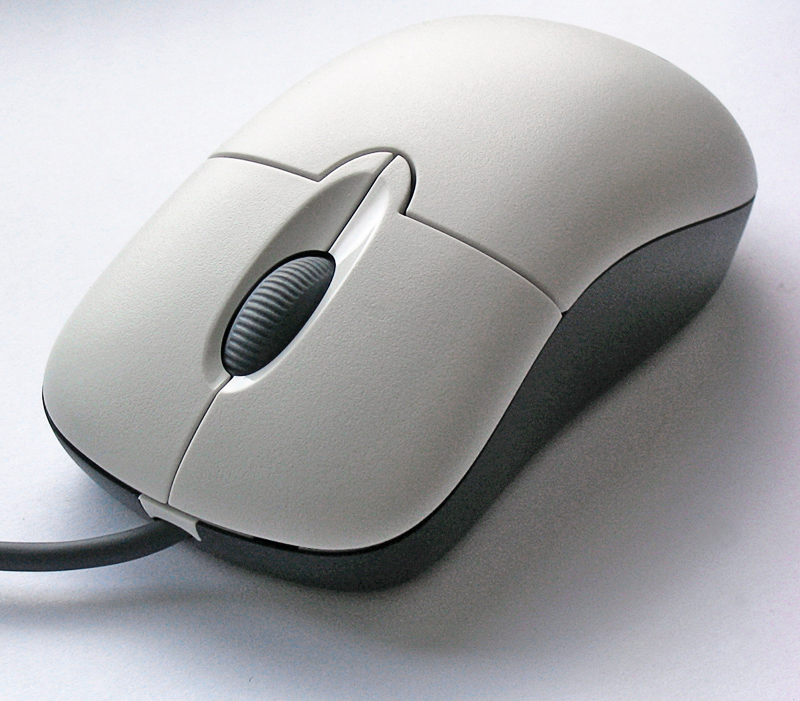

The year was 1928, and Walt Disney’s studio already had a hit on its hands, in the shape of Oswald the Lucky Rabbit. Some of the most common indicators of a rodent problem are droppings in food storage areas and under sinks, nesting materials like shredded paper or fabric, and bite marks on food packaging.When the loveable Mickey Mouse was born, he was maybe not-quite-so-loveable. Rodents that prefer secluded, wooded areas away from people, such as field mice, can sometimes find their way indoors during the colder months in search of food and shelter.īy the time you see a mouse in your home or business, you may already have an infestation. If mice get into your pantry or kitchen, they can contaminate food with their dirty feet, droppings, and urine, and can spread diseases. They have white underbellies and defined white sides on their tails. Generally smaller than the typical house mouse, these pests are about four to six inches in length, including the tail. Keeping kitchens clean, food prep areas sanitized, and garbage bin lids tightly secured can help keep these pests away.
:max_bytes(150000):strip_icc()/questions-and-answers-about-mice-2656489-02-781a27e6ac10434b97c9edf95a020348.jpg)
One way to prevent an infestation in your home or business is to make sure that all leftover food and crumbs are swept up. If you suspect that you have a mouse problem, contact the professionals at Waltham Pest Services for a thorough inspection and safe removal.Īs seen in this photo, you can often find mice foraging for food. Check out these mouse pictures to help determine what kind of pests you have so that you can figure out your next steps. Mouse Photo Galleryīecause mice are small and quick, they can be tricky to identify. Field and deer mice, on the other hand, tend to prefer grassy or wooded areas and usually only enter uninhabited human structures like sheds and cabins. These rodents nest behind walls, storage crates, and furniture in search of food and shelter. Adults are around five to eight inches long.Īs their name suggests, house mice typically live inside New England homes and businesses. White-Footed Mouse: White-footed mice range in color from brown to gray with white undersides and feet.Depending on their age, these pests are gray to reddish-brown with white bellies. Deer Mouse: Smaller than the house mouse, deer mice measure approximately four to six inches.They are generally five to eight inches in length from nose to tail.



 0 kommentar(er)
0 kommentar(er)
